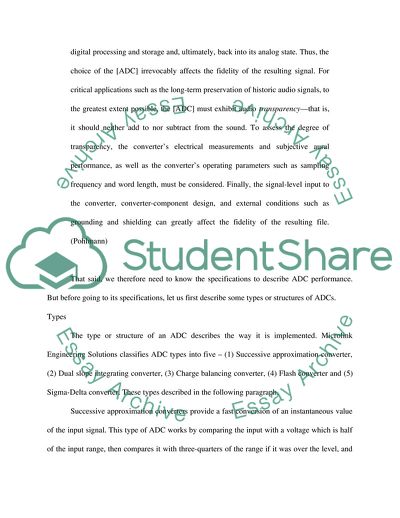Cite this document
(Engineering application Essay Example | Topics and Well Written Essays - 1500 words, n.d.)
Engineering application Essay Example | Topics and Well Written Essays - 1500 words. https://studentshare.org/engineering-and-construction/1721937-engineering-application
Engineering application Essay Example | Topics and Well Written Essays - 1500 words. https://studentshare.org/engineering-and-construction/1721937-engineering-application
(Engineering Application Essay Example | Topics and Well Written Essays - 1500 Words)
Engineering Application Essay Example | Topics and Well Written Essays - 1500 Words. https://studentshare.org/engineering-and-construction/1721937-engineering-application.
Engineering Application Essay Example | Topics and Well Written Essays - 1500 Words. https://studentshare.org/engineering-and-construction/1721937-engineering-application.
“Engineering Application Essay Example | Topics and Well Written Essays - 1500 Words”. https://studentshare.org/engineering-and-construction/1721937-engineering-application.


